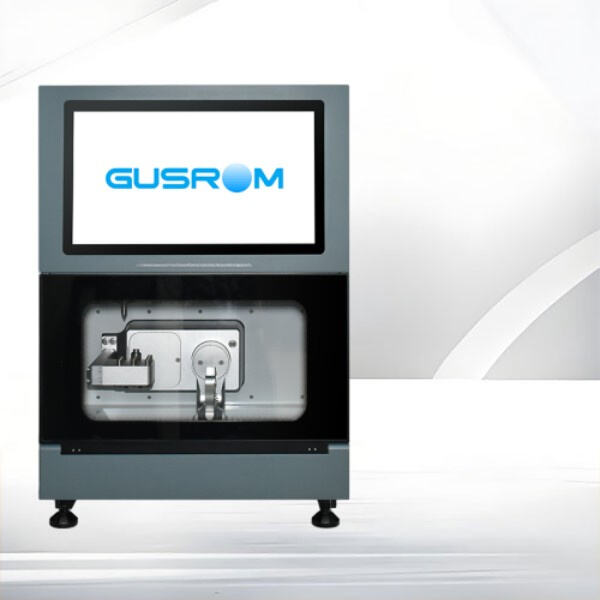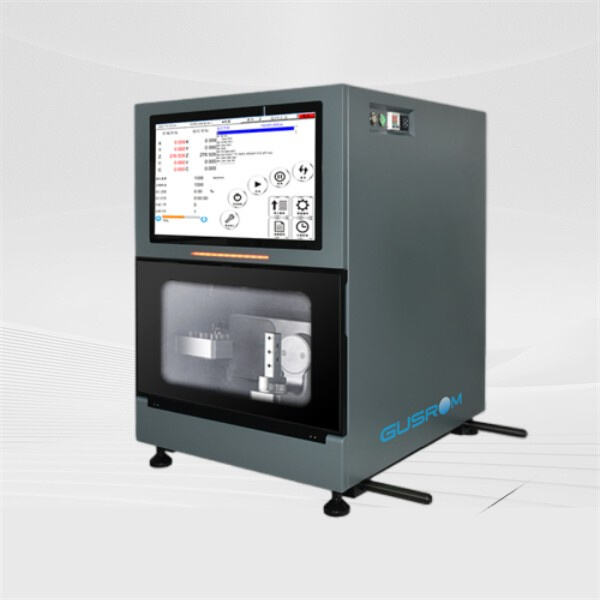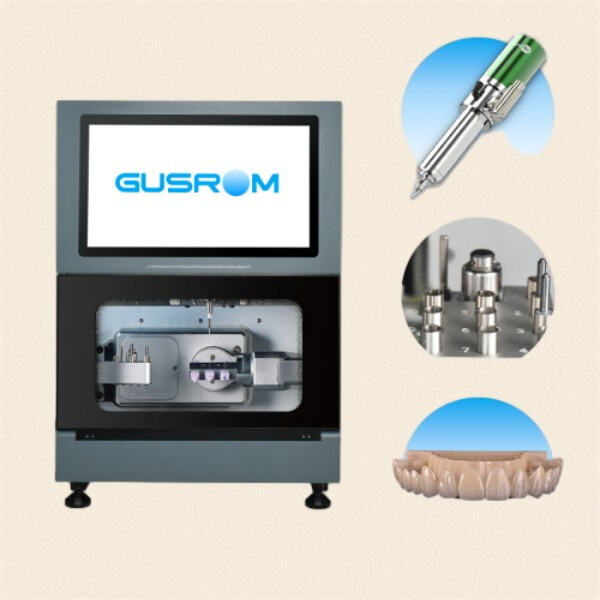It is an interesting journey into the CEREC milling machines world. Dentists use these great little machines to make their perfect dental crowns. So with that short introduction, lets learn a little bit more about how CEREC milling machines work so that you will also love using them in your practice too if you don’t already.
CEREC milling machines have the latest technology that can accurately design and produce dental restorations. These devices have software–useful for dentists to design and fabricate individualized restorations. CEREC milling machines have the ability to make a filled crown, a veneer, or a bridge while you wait at the dentist’s office in only one visit!
CEREC milling machines have brought about a lot of changes in the way that dental restorations are performed, providing patients with a speeded up, simplified process. Now, with CEREC technology, dental patients don't have to wait for that week after week time period for their restoration to be sent out to a dental lab. Instead, patients can get their restoration made and fitted in just one visit, which has the added benefit of saving time and cutting down on trips to their dentist.

CEREC milling machines are dentist's favorite because they have so many advantages. These machines enable dentists to offer their patients durable and esthetic restorations. In fact, CEREC can save your dentists time and patients enjoy a faster restoration process means less time in our chair or waiting on your dental repairs. By utilizing CEREC milling machines, dentists can offer excellent care to their patients.

The production of dental restorations using CEREC milling machines is easy and logic. Step #1: Preparing the Tooth The dental professional will prepare the tooth in need of restoration by removing any decay or damage. Next, they'll take a digital impression of the tooth with a special camera. This optical impression is transferred to the CEREC software and the restoration is designed.

The restoration is then transferred to the CEREC milling unit, which will mill the the restoration from a solid block of ceramic. Ultimately, the restoration is polished and inserted into the patient's mouth, once more enabling the tooth to function and appear natural.